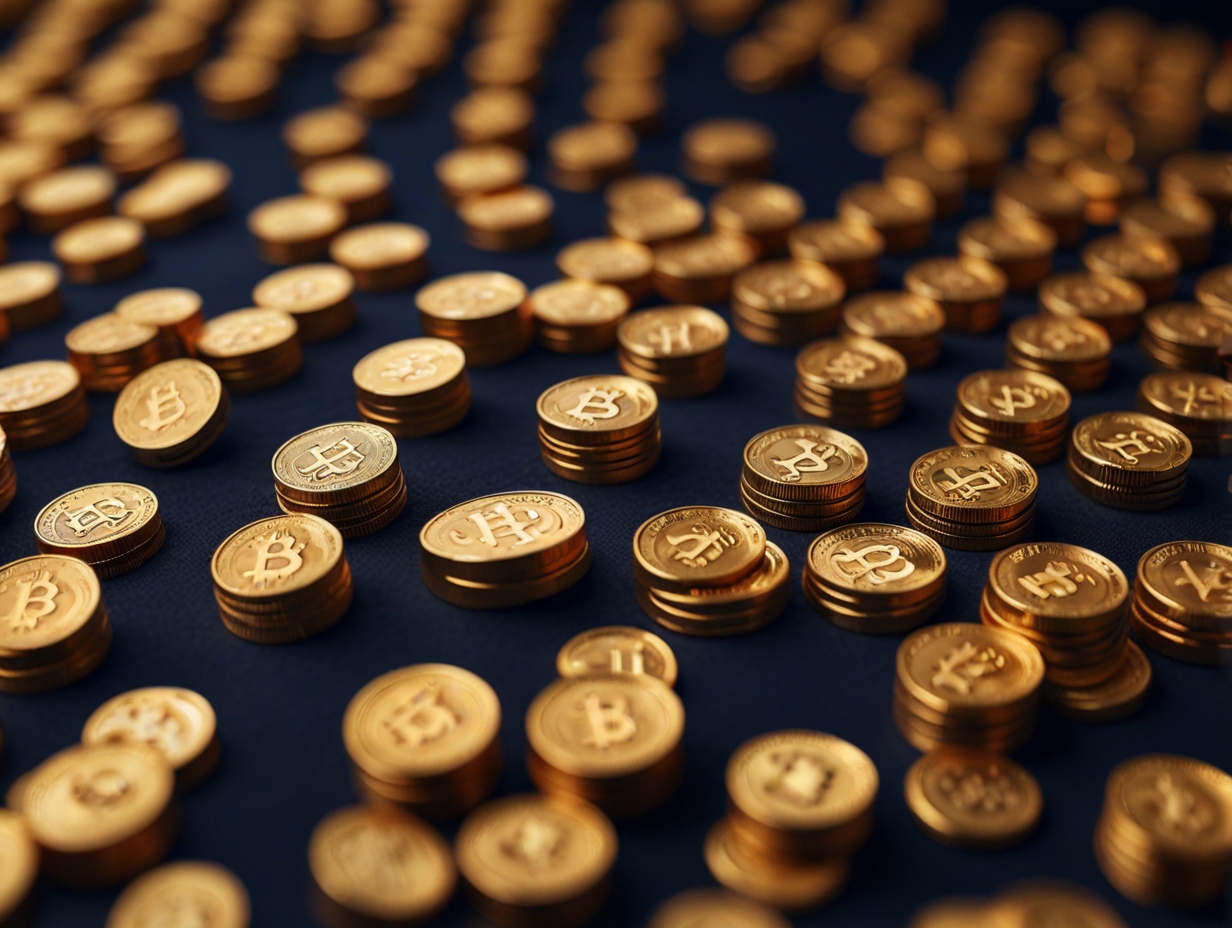Japan, the historical titan of the East, now finds itself caught in the midst of a modern-day superpower showdown between the US and China.
Both the Pacific giants view Japan as a pivotal player in their global chess match, yet Japan’s stance remains as enigmatic as ever. What’s behind this intense spotlight on Japan?
Tokyo’s strategic alignment with Washington
Historically, the US and Japan have been firm allies, tied together by mutual interests and shared visions. Yet, this alliance has never been more important than in today’s fraught international climate.
With China’s rise as a global superpower, the US sees Japan not just as an ally but an indispensable partner. The recent synchronicity of their national security documents, reflecting mirrored global perspectives, only reinforces this bond.
But it’s not all rosy. The Biden administration, despite its overt gestures of camaraderie, knows there are differences. But these seem minute against the larger backdrop of a shared objective.
However, this isn’t just about diplomatic documents. Leaders, with their unique blend of vision and charisma, often hold the key.
The current Japanese Prime Minister, Kishida, has seemingly ramped up this US-Japan synergy. But is it just a reflection of his leadership, or is there a deeper, more grassroots alignment at play?
Japan and China
Yet, as the US woos Japan, the dragon to the East is not silent. China’s economic and strategic prowess is undeniable.
Their use of economic tools for political gains, whether it’s leveraging rare minerals against Japan or targeting Australia over statements about COVID’s origin, shows a clear modus operandi.
China’s recent shift from coercing countries to targeting companies further complicates the matrix. Yet, for every coercive move China makes, there’s a counter-move, often orchestrated in the boardrooms of Washington or Tokyo.
With every move China makes, Japan’s position becomes more precarious. On one hand, there’s the allure of the vast Chinese market, and on the other, the security umbrella and historical ties with the US. This dichotomy, however, isn’t just a game of trade and alliances.
The recent flare-up in rhetoric, especially when Japan collaborates with South Korea, hints at the deeper, more strategic underpinnings. China sees this trilateral collaboration as a direct challenge, potentially a strategic encirclement.
So, where does Japan go from here?
Japan’s participation in NATO meetings, bridging the transatlantic and the Indo-Pacific, provides a hint. This isn’t just about military might or economic clout.
It’s about shrinking distances, building bridges, and ensuring that two of the world’s most influential regions see eye to eye. And as Russia and North Korea throw their hats in the ring, NATO’s focus on the G7 meeting in Hiroshima becomes all the more crucial.
Now, it would be naive to see Japan merely as a pawn in this great game. The land of the rising sun has always charted its course, often with astute diplomacy and visionary leadership.
Whether it’s handling China’s economic coercion or aligning with the US’s strategic goals, Japan remains a force to reckon with. Yet, the crux remains – in this era of global realignment, can Japan retain its unique identity and carve out a role that’s neither subservient to the US nor antagonistic to China?
Let’s watch and see.





